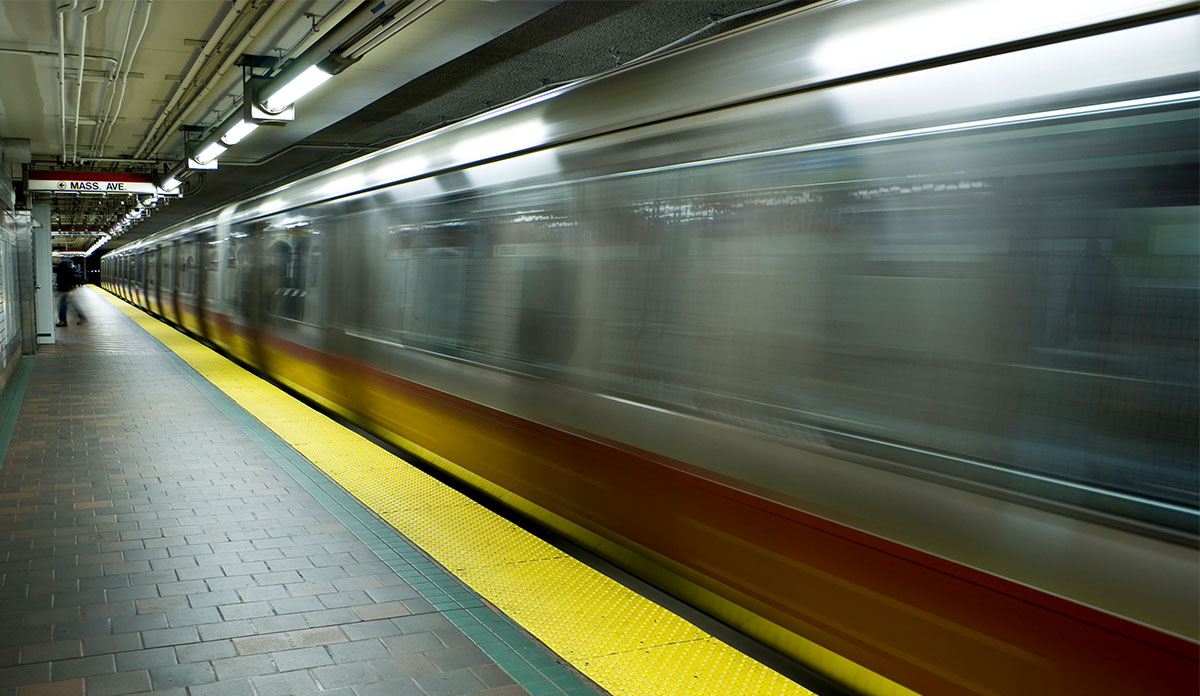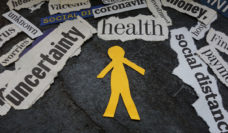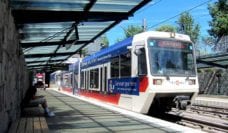When was the last time you went to the office? Since the start of Covid-19 in 2020, many of us have been working remotely. However, those who still need to commute to work and spend extended hours in the proximity of others remain exposed to higher risks of disease transmission than those working from home.
As of February 17, 2022, Covid cases in the U.S. have exceeded 77 million (77,950,910), with 923,067 deaths. Yet, as several studies have indicated, the adverse effects of Covid-19 – such as the costs from hospitalizations, lost economic activity, and, especially, loss of life – are not borne equally among the US population. These adverse effects are correlated with income, race, and socioeconomic status. Covid-19 thus exacerbates inequality through its disproportional impacts on already vulnerable communities.
Our study investigated the connection between the use of public transportation by commuters and the observed rate of Covid-19 transmission. More importantly, in the event of the next pandemic, we asked the question: what’s the value of avoiding transmission? Our model considered additional variables that could potentially impact transmission rates, such as employment, gasoline price, policy-mandated lockdowns, regional population density, and seasonal influences on public transit ridership.
We analyzed data on public transit ridership and Covid-19 disease incidence from 94 U.S. metropolitan areas representing a high diversity of public transit options, from bus to subway, streetcar, ferryboat, and more. The sample included the Bay Area, Chicago, Miami, Seattle, the Washington DC area, New York City, Boston, Portland, San Diego, Atlanta, Los Angeles, Houston, and Saint Louis.
The data highlight significant connections between population density, public transportation use, and the regional incidence of Covid-19.
The data highlight significant connections between population density, public transportation use, and the regional incidence of Covid-19. We found that the spread of Covid-19 and the resulting policy responses, such as lockdowns, have negatively impacted public transit ridership in all 94 metropolitan areas.
Ridership was also found to be positively impacted by employment levels and the price of gasoline. In other words, fewer people use public transport when the unemployment rate increases or gasoline price drops, and vice versa.
Yet, we found that concerns about disease transmission and Covid-19-related public policies contributed more to the decline in public transit ridership than the increase in unemployment. Namely, even though ridership decreased due to job loss during the pandemic, fear of contracting Covid-19 and the lockdown policies were the bigger drivers in discouraging the use of public transport.
As we head into the third year of the pandemic in 2022, many of us are wondering if and when the demand for public transport will ever return to pre-Covid levels. Given that psychological factors are at play and concerns of repeated waves of pandemics exist, the “shock” to public transit ridership of Covid-19 might be permanent. All else equal, the Covid-19 effect is likely to reduce the demand for public transport in favor of lower density alternatives that include driving, biking, ride-sharing, continuing to work from home, or a hybrid model.
A shift away from public transportation will place budgetary strains on transit systems and their host metropolitan areas. Increased driving will have far-reaching implications for fuel use, congestion, accident frequency, and air quality. And low-income communities where working from home isn’t an option and public transportation is a primary means of transportation will be particularly affected. More studies are needed to quantify these effects and assist policy planning for the post-Covid-19 transportation future.
Photo via Getty Images
















